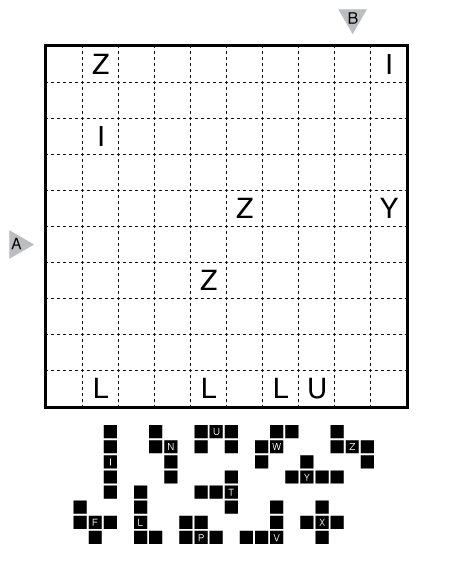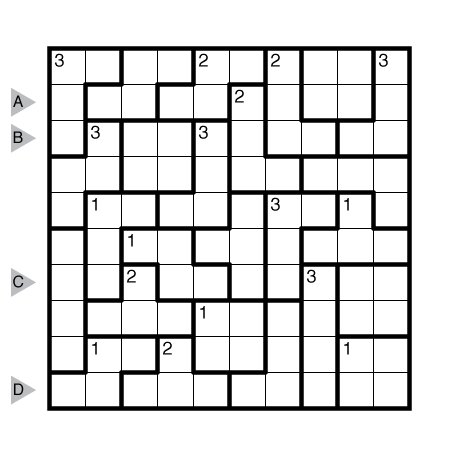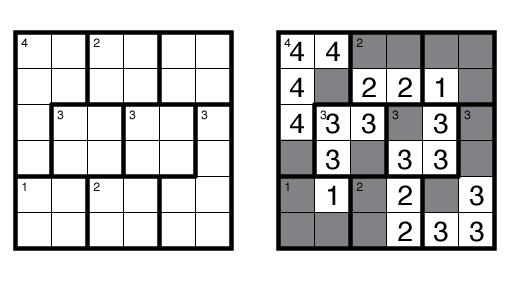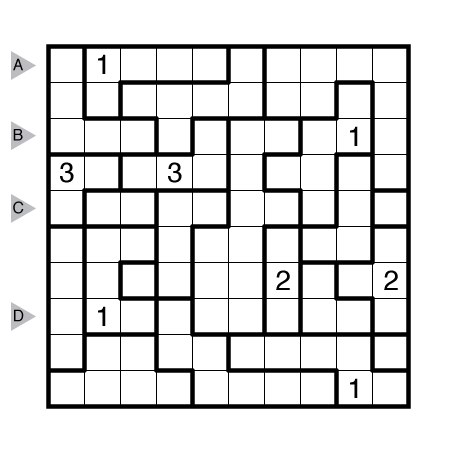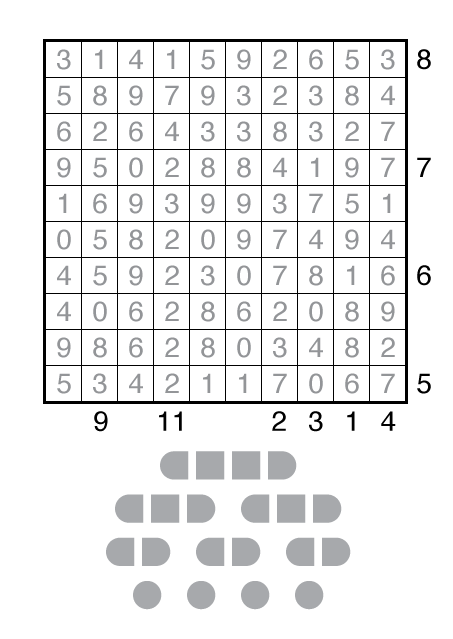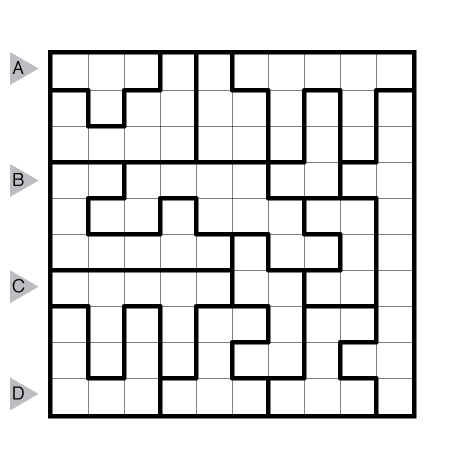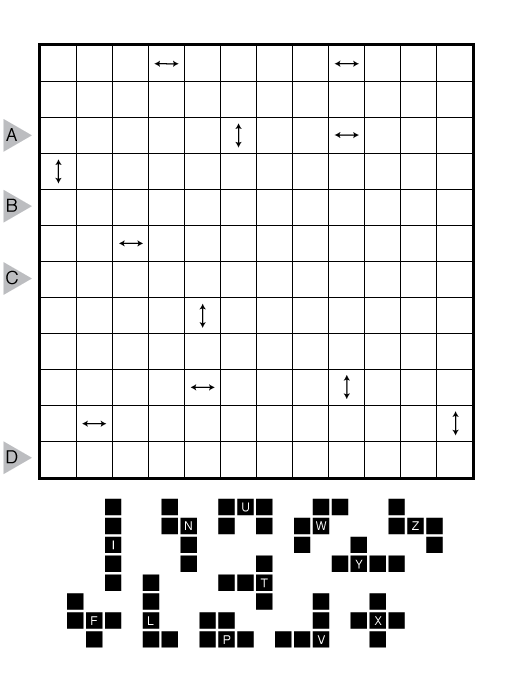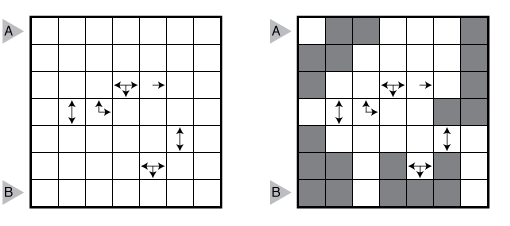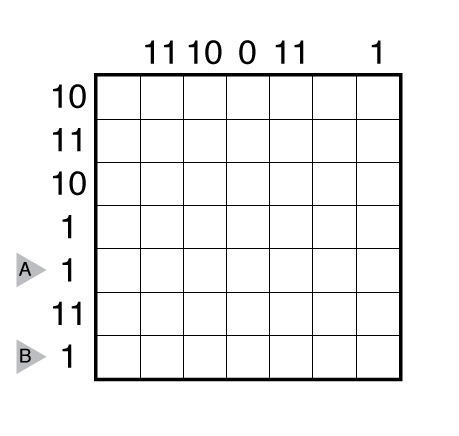Pentominous (Borders) by Murat Can Tonta
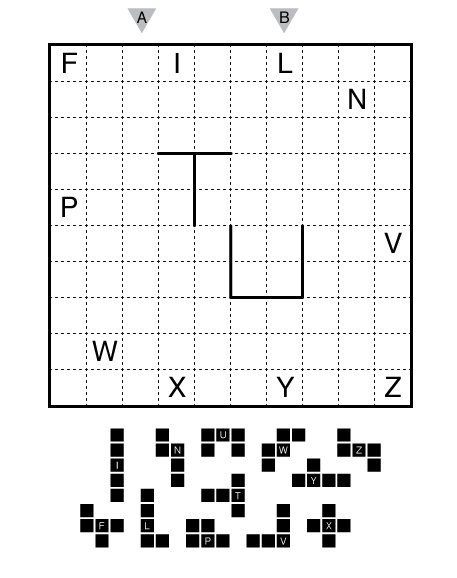
or solve online (using our beta test of Penpa-Edit tools; use tab to alternate between a composite mode for line/edge drawing and a letter entry mode.)
Theme: Alphabetical Order
Author/Opus: This is the 136th puzzle from our contributing puzzlemaster Murat Can Tonta.
Rules: Variation of Pentominous rules. Some borders between pentominoes are already drawn.
Answer String: Enter the letter associated with the pentomino occupying each cell in the marked columns from top to bottom, separating the groups with a comma. Use CAPITAL LETTERS!
Time Standards (highlight to view): Grandmaster = 3:15, Master = 4:45, Expert = 9:30
Solution: PDF; a solution video is also available here from Cracking the Cryptic and another video from Ashish Kumar.
Note: Follow this link for other Pentominous puzzles. If you are new to this puzzle type, here are our easiest Pentominous to get started on. More Pentominous puzzles can be found in Plenty o’ Pentominous by Grant Fikes and Murat Can Tonta and in our beginner-friendly collection Intro to GMPuzzles by Serkan Yürekli.

